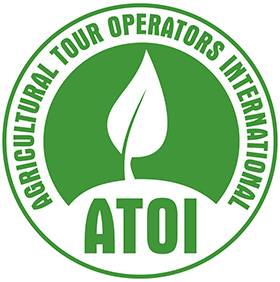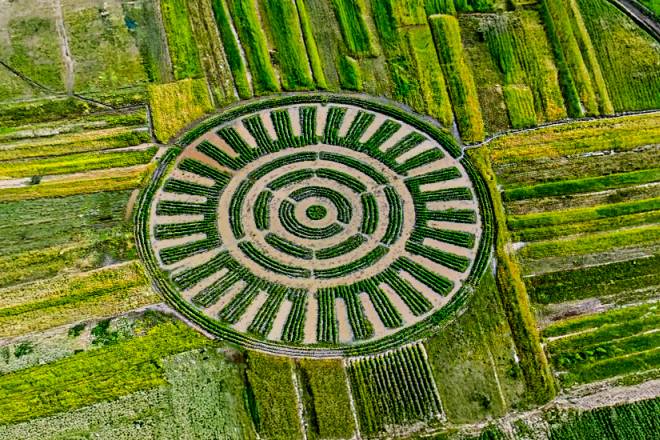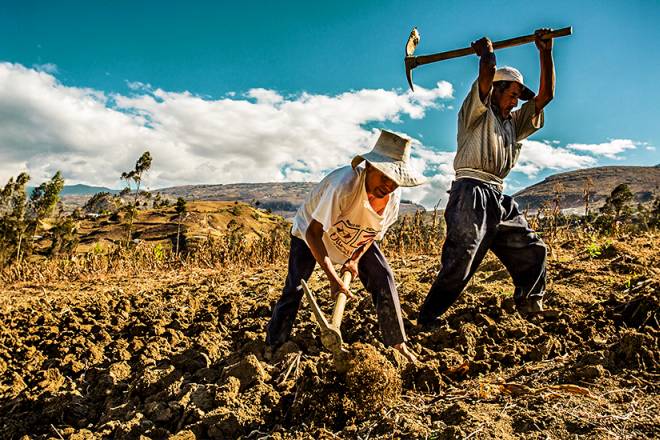Puno: Waru Waru recognised as Agricultural Heritage by the World Monuments Fund
Date Posted:
14th May 2025
The Waru Waru agricultural system in the Puno region was recognised on the World Monuments Watch 2025 at the beginning of the year, highlighting its value as a cultural heritage site and its importance in addressing challenges such as climate change and food security.
World Monuments Watch 2025 is a biennial programme of the World Monuments Fund (WMF), a non-profit organisation focused on the conservation of 25 heritage sites at risk around the world. For nominations, they receive proposals from local communities, experts and organisations, which seek to raise awareness and value resources for their preservation. On this occasion, the Aymara Suma Yapu Association, formed and led by indigenous women and “Dirección Desconcentrada de Cultura de Puno” (DIRCETUR), presented the proposal and a nomination of this attraction in search of a strategy to protect its cultural heritage and history.
The Waru Waru agricultural systems (also known as camellones or sukaqullu) implement an ancestral agricultural technique that was developed by the pre-Hispanic cultures of the Andean highlands around Lake Titicaca. In these camellones, native species such as potatoes and quinoa are cultivated, reflecting their adaptability to the climatic conditions.
These are elevated cultivation platforms separated by water channels, designed by the communities of the Andean highlands. This technique allows:
- Protect crops from temperature changes or frosts, because the water in the canals absorbs heat during the day and releases it at night.
- It controls flooding caused by heavy rainfall as it is a natural drainage system.
- Enriching soil fertility for agricultural activities.
This recognition boosts agrotourism, diversifying the region's tourism offer beyond the traditional floating islands of Lake Titicaca. This gives the opportunity to attract new tourists looking for authentic experiences in the southern regions of Peru. It strengthens community-based tourism, generating direct income for host communities seeking to preserve their ancestral skills.
According to Reynaldo Yucra Lopez, director of the Regional Directorate of Foreign Trade and Tourism Puno (DIRCETUR), during the ‘Vívelo en el Sur’ Seminar in the Puno region on Thursday 24 April, held at the Jorge Basadre headquarters of Promperu, thanks to the recognition of the Waru Waru, an award ceremony is expected to be held by the organisers in Peru. They are also evaluating the possibility of building a viewpoint, similar to that of the Nasca Lines, in order to position the destination and enhance the value of this agricultural system.
During the seminar, operators from the region recommended the ‘Aymara Route’, a full day tour that includes visits to the Temple of Fertility in Chucuito, the Molloco Archaeological Complex, the Aramu Muru portal and Waru Waru, offering visitors a unique cultural and ancestral experience.


